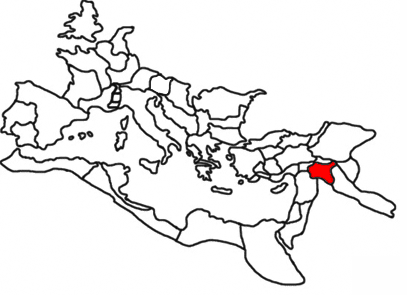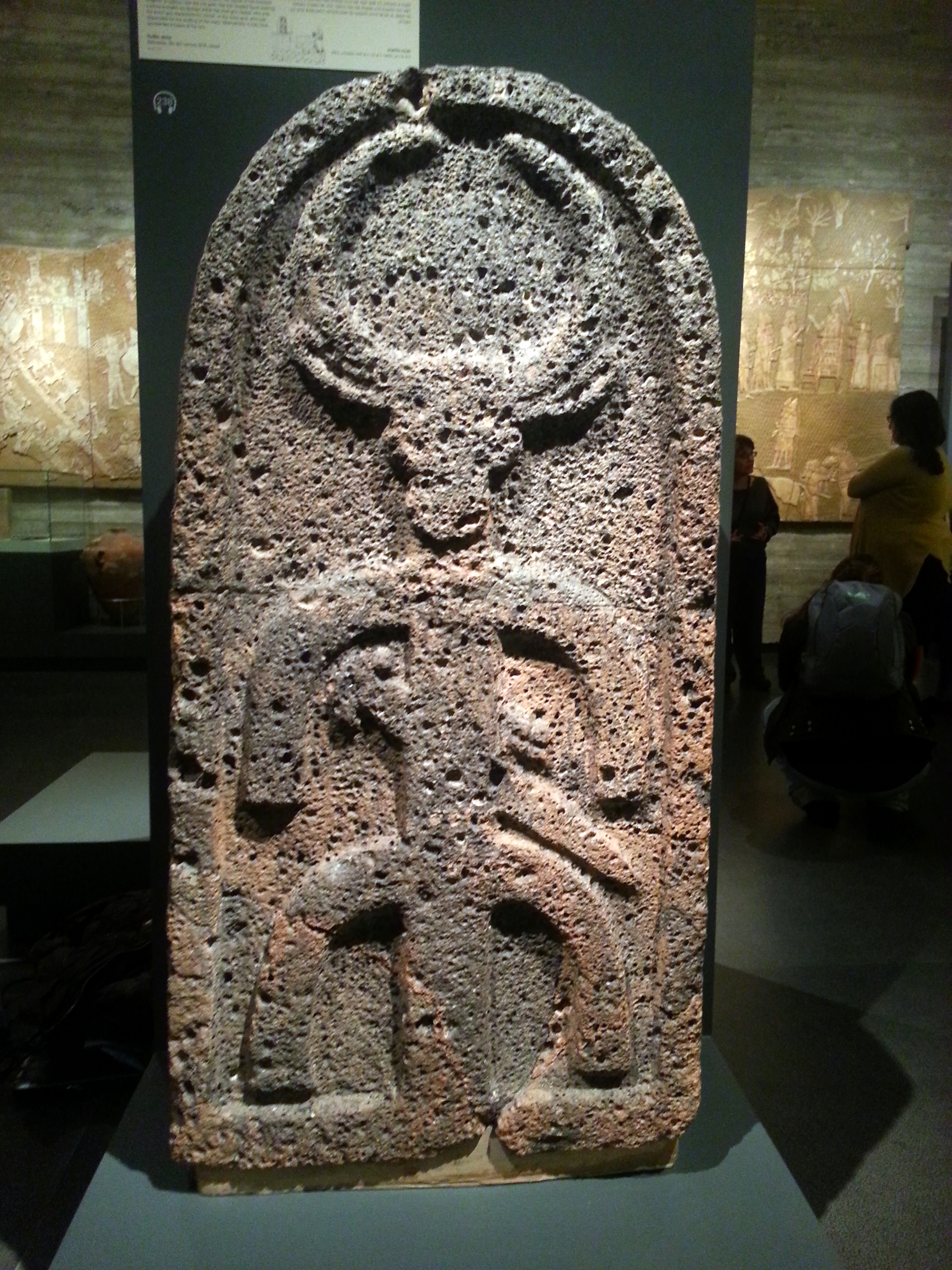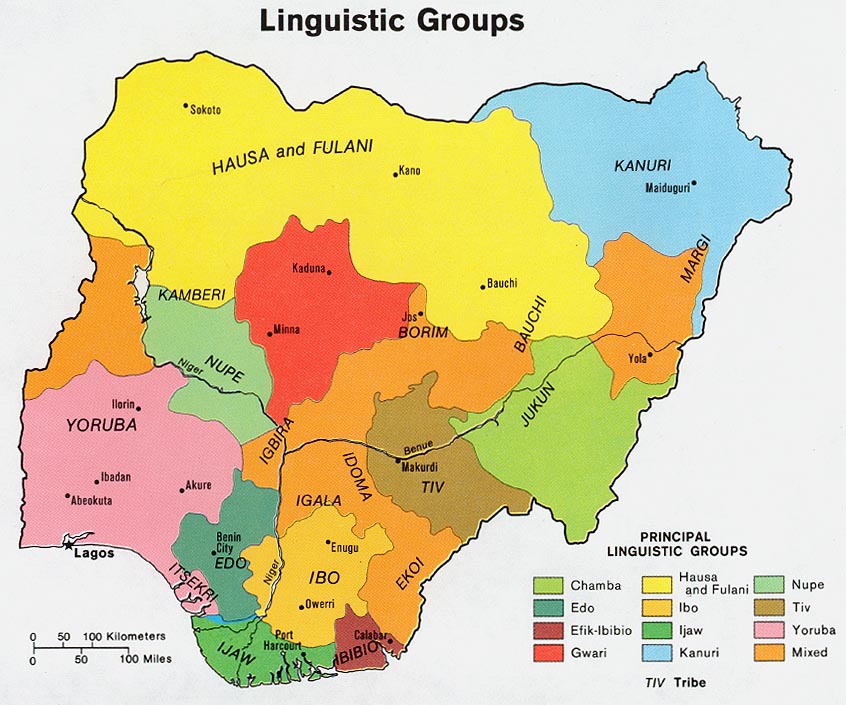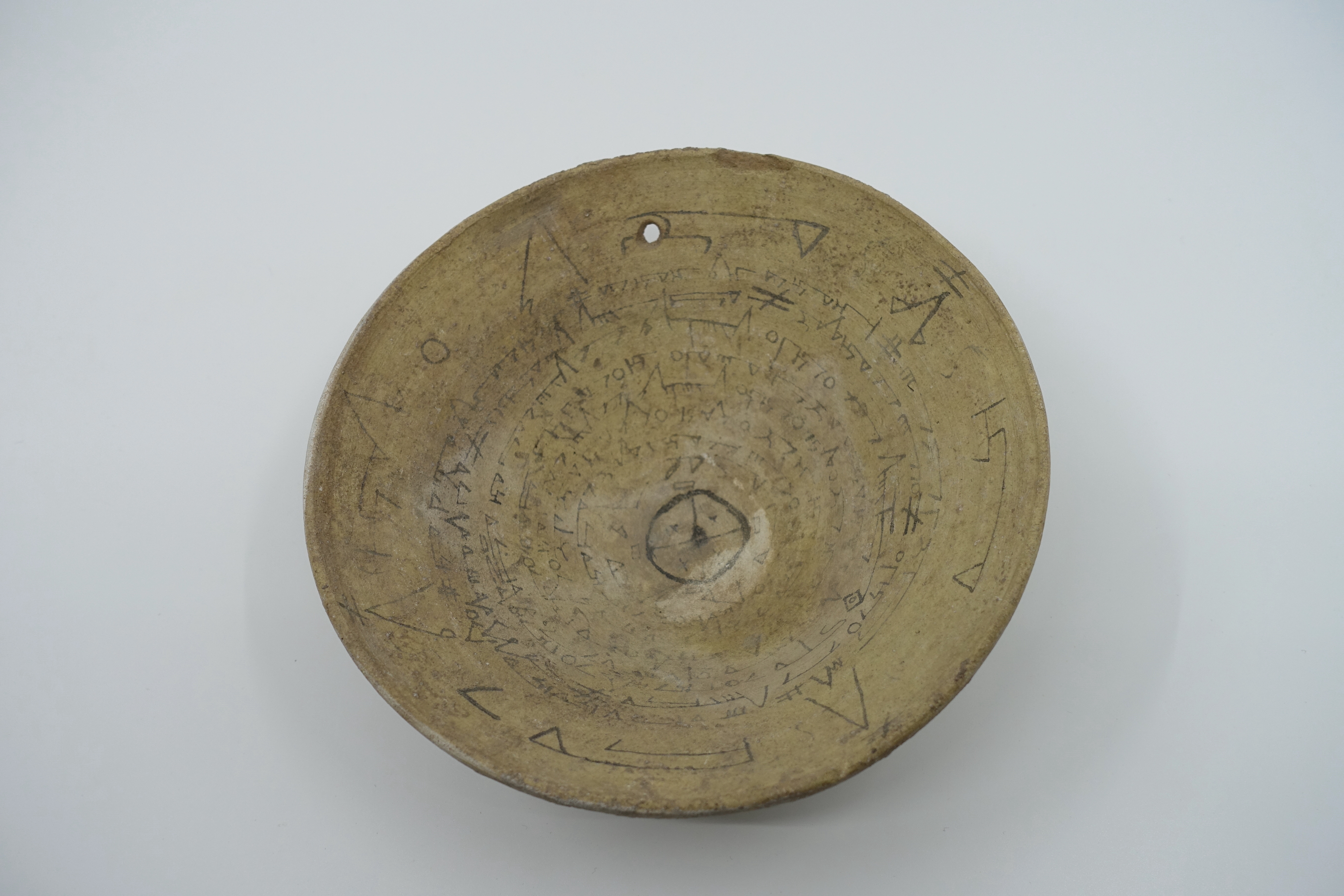|
Mot (Semitic God)
Mot ( ''mūt'', ''māweṯ'', ) was the Canaanite god of death and the Underworld. He was also known to the people of Ugarit and in Phoenicia, where Canaanite religion was widespread. The main source of information about Mot in Canaanite mythology comes from the texts discovered at Ugarit, but he is also mentioned in the surviving fragments of Philo of Byblos's Greek translation of the writings of the Phoenician Sanchuniathon. Forms of the name In Ugaritic myth, Mot (spelled ''mt'') is a personification of death. The word belongs to a set of cognates meaning 'death' in other Semitic and Afro-Asiatic languages: Arabic موت ''mawt''; Hebrew מות (''mot'' or ''mavet''; ancient Hebrew ''muth'' or ''maveth''/''maweth''); Maltese ''mewt''; Syriac ܡܰܘܬܳܐ (''mautā''); Ge'ez ሞት (''mot''); Canaanite, Egyptian, Berber, Aramaic, Nabataean, and Palmyrene מות (''mwt''); Jewish Aramaic, Christian Palestinian Aramaic, and Samaritan מותא (''mwt’''); Mandaean ''mu ... [...More Info...] [...Related Items...] OR: [Wikipedia] [Google] [Baidu] |
Ugarit
Ugarit (; , ''ủgrt'' /ʾUgarītu/) was an ancient port city in northern Syria about 10 kilometers north of modern Latakia. At its height it ruled an area roughly equivalent to the modern Latakia Governorate. It was discovered by accident in 1928 with the Ugaritic texts. Its ruins are often called Ras Shamra after the headland where they lie. History Ugarit saw its beginnings in the Neolithic period, the site was occupied from the end of the 8th millennium BC and continued as a settlement through the Chalcolithic and Bronze Ages. It was during the late bronze age that Ugarit experienced significant growth, culminating in the establishment of the Kingdom of Ugarit. The city had close connections to the Hittite Empire, in later times as a vassal, sent tribute to Ancient Egypt, Egypt at times, and maintained trade and diplomatic connections with Cyprus (then called Alashiya), documented in the archives recovered from the site and corroborated by Mycenaean Greece, Mycenaean and Cyp ... [...More Info...] [...Related Items...] OR: [Wikipedia] [Google] [Baidu] |
Nabataeans
The Nabataeans or Nabateans (; Nabataean Aramaic: , , vocalized as ) were an ancient Arabs, Arab people who inhabited northern Arabian Peninsula, Arabia and the southern Levant. Their settlements—most prominently the assumed capital city of Raqmu (present-day Petra, Jordan)—gave the name ''Nabatene'' () to the Arabian borderland that stretched from the Euphrates to the Red Sea. The Nabateans emerged as a distinct civilization and political entity between the 4th and 2nd centuries BC, with Nabataean Kingdom, their kingdom centered around a loosely controlled trading network that brought considerable wealth and influence across the ancient world. Described as fiercely independent by contemporary Greco-Roman accounts, the Nabataeans were annexed into the Roman Empire by Emperor Trajan in 106 AD. Nabataeans' individual culture, easily identified by their characteristic finely potted painted ceramics, was adopted into the larger Greco-Roman culture. They converted to Christi ... [...More Info...] [...Related Items...] OR: [Wikipedia] [Google] [Baidu] |
Shapash
Shapshu (Ugaritic: 𐎌𐎔𐎌 ''špš'', "sun") or Shapsh, and also Shamshu, was a Canaanite sun goddess. She also served as the royal messenger of the high god El, her probable father. Her most common epithets in the Ugaritic corpus are ''nrt ỉlm špš'' ("Shapshu, lamp of the gods", also translated as "torch" or "luminary" of the gods by various authors), ''rbt špš'' ("great lady Shapshu"), and ''špš ʿlm'' ("eternal Shapshu"). In the pantheon lists KTU 1.118 and 1.148, Shapshu is equated with the Akkadian dšamaš. Name The original name of the goddess contained the consonant /m/, and this consonant appears in some of the Amorite theophoric names mentioning the goddess. In the Middle Bronze Age Alalah, a process of devoicing and denasalization of the consonant /m/ made it, as a result, a /p/; this process is only attested at Middle Bronze Age Alalaḫ and at Late Bronze Age Ugarit. While name in Alalah show a mixture of the forms (Shamshu and Shapshu), in Ugar ... [...More Info...] [...Related Items...] OR: [Wikipedia] [Google] [Baidu] |
Lacuna (MS)
A lacuna ( lacunae or lacunas) is a gap in a manuscript, inscription, text, painting, or musical work. A manuscript, text, or section suffering from gaps is said to be "lacunose" or "lacunulose". Weathering, decay, and other damage to old manuscripts or inscriptions are often responsible for lacunae - words, sentences, or whole passages that are missing or illegible. Palimpsests are particularly vulnerable. To reconstruct the original text, the context must be considered. In papyrology and textual criticism, this may lead to competing reconstructions and interpretations. Published texts that contain lacunae often mark the section where text is missing with a bracketed ellipsis. For example, "This sentence contains 20 words, and ..nouns," or, "Finally, the army arrived at ..and made camp." Notable examples See also * Unfinished work * Leiden Conventions * Redaction * Lost literary work A lost literary work (referred throughout this article just as a lost work) is ... [...More Info...] [...Related Items...] OR: [Wikipedia] [Google] [Baidu] |
Baal
Baal (), or Baʻal, was a title and honorific meaning 'owner' or 'lord Lord is an appellation for a person or deity who has authority, control, or power (social and political), power over others, acting as a master, chief, or ruler. The appellation can also denote certain persons who hold a title of the Peerage o ...' in the Northwest Semitic languages spoken in the Levant during Ancient Near East, antiquity. From its use among people, it came to be applied to gods. Scholars previously associated the theonym with solar god, solar cults and with a variety of unrelated patron deity, patron deities, but inscriptions have shown that the name Ba'al was particularly associated with the storm god, storm and fertility god Hadad and his local manifestations. The Hebrew Bible includes use of the term in reference to various Levantine mythology, Levantine deities, often with application towards Hadad, who was decried as a false god. That use was taken over into Christianity and Isl ... [...More Info...] [...Related Items...] OR: [Wikipedia] [Google] [Baidu] |
Hadad
Hadad (), Haddad, Adad ( Akkadian: 𒀭𒅎 '' DIM'', pronounced as ''Adād''), or Iškur ( Sumerian) was the storm- and rain-god in the Canaanite and ancient Mesopotamian religions. He was attested in Ebla as "Hadda" in c. 2500 BCE. From the Levant, Hadad was introduced to Mesopotamia by the Amorites, where he became known as the Akkadian (Assyrian-Babylonian) god Adad. Adad and Iškur are usually written with the logogram - the same symbol used for the Hurrian god Teshub. Hadad was also called Rimon/Rimmon, Pidar, Rapiu, Baal-Zephon, or often simply Baʿal (Lord); however, the latter title was also used for other gods. The bull was the symbolic animal of Hadad. He appeared bearded, often holding a club and thunderbolt and wearing a bull-horned headdress. Hadad was equated with the Greek god Zeus, the Roman god Jupiter ( Jupiter Dolichenus), as well as the Babylonian Bel. The Baal Cycle or Epic of Baal is a collection of stories about the Canaanite Baal, also refe ... [...More Info...] [...Related Items...] OR: [Wikipedia] [Google] [Baidu] |
El (god)
El is a Northwest Semitic word meaning 'god' or 'deity', or referring (as a proper name) to any one of multiple major Religions of the ancient Near East, ancient Near Eastern deities. A rarer form, ''ila'', represents the Predicate (grammar), predicate form in the Old Akkadian and Amorite language, Amorite languages. The word is derived from the Proto-Semitic wikt:Reconstruction:Proto-Semitic/ʾil-, *ʔil-. Originally a Canaanite deity known as ''El'', ''Al'' or ''Il'' the supreme god of the ancient Canaanite religion and the supreme god of East Semitic languages, East Semitic speakers in Early Dynastic Period (Mesopotamia), Early Dynastic Period of Mesopotamia. Among the Hittites, El was known as Elkunirša ( ). Although El gained different appearances and meanings in different languages over time, it continues to exist as ''El-'', ''-il'' or ''-el'' in compound proper noun phrases such as Elizabeth_(given_name), Elizabeth, Ishmael, Israel (name), Israel, Samuel (name), Samue ... [...More Info...] [...Related Items...] OR: [Wikipedia] [Google] [Baidu] |
Angas Language
Ngas, or Angas, is an Afro-Asiatic language spoken in Plateau State, Nigeria. The language has two dialect A dialect is a Variety (linguistics), variety of language spoken by a particular group of people. This may include dominant and standard language, standardized varieties as well as Vernacular language, vernacular, unwritten, or non-standardize ...s: Hill Angas and Plain Angas. Ngas is one of the major languages in Plateau State. The 1952 census puts it as the largest ethnic group in Plateau State. Retired General Yakubu Gowon is a prominent Nigerian who is of Ngas ethnicity. Neighbouring languages Bəlnəŋ is an A3 West Chadic language closely related to Angas. It is spoken by about 500 people in the single village of Langung, which is surrounded by Tal villages in the east and Miship villages in the west. Speakers of Sur, a Plateau language, are surrounded by Ngas speakers, but Sur nevertheless continues to be a well-maintained language. The Ngas language has ... [...More Info...] [...Related Items...] OR: [Wikipedia] [Google] [Baidu] |
Hausa Language
Hausa (; / ; Hausa Ajami, Ajami: ) is a Chadic language spoken primarily by the Hausa people in the northern parts of Nigeria, Ghana, Cameroon, Benin and Togo, and the southern parts of Niger, and Chad, with significant minorities in Ivory Coast. A small number of speakers also exist in Sudan. Hausa is a member of the Afroasiatic language family and is the most widely spoken language within the Chadic branch of that family. Despite originating from a non-tonal language family, Hausa utilizes differences in pitch to distinguish words and grammar. ''Ethnologue'' estimated that it was spoken as a first language by some 58 million people and as a second language by another 36 million, bringing the total number of Hausa speakers to an estimated 94 million. In Nigeria, the Hausa film industry is known as Kannywood. Classification Hausa belongs to the West Chadic languages subgroup of the Chadic languages group, which in turn is part of the Afroasiatic languages, Afro ... [...More Info...] [...Related Items...] OR: [Wikipedia] [Google] [Baidu] |
Akkadian Language
Akkadian ( ; )John Huehnergard & Christopher Woods, "Akkadian and Eblaite", ''The Cambridge Encyclopedia of the World's Ancient Languages''. Ed. Roger D. Woodard (2004, Cambridge) Pages 218–280 was an East Semitic language that is attested in ancient Mesopotamia ( Akkad, Assyria, Isin, Larsa, Babylonia and perhaps Dilmun) from the mid- third millennium BC until its gradual replacement in common use by Old Aramaic among Assyrians and Babylonians from the 8th century BC. Akkadian, which is the earliest documented Semitic language, is named after the city of Akkad, a major centre of Mesopotamian civilization during the Akkadian Empire (–2154 BC). It was written using the cuneiform script, originally used for Sumerian, but also used to write multiple languages in the region including Eblaite, Hurrian, Elamite, Old Persian and Hittite. The influence of Sumerian on Akkadian went beyond just the cuneiform script; owing to their close proximity, a lengthy span of con ... [...More Info...] [...Related Items...] OR: [Wikipedia] [Google] [Baidu] |
Mandaic Language
Mandaic, or more specifically Classical Mandaic, is the liturgical language of Mandaeism and a South Eastern Aramaic variety in use by the Mandaean community, traditionally based in southern parts of Iraq and southwest Iran, for their religious books. Mandaic, or Classical Mandaic, is still used by Mandaean priests in liturgical rites. The modern descendant of Mandaic or Classical Mandaic, known as Neo-Mandaic or Modern Mandaic, is spoken by a small group of Mandaeans around Ahvaz and Khorramshahr in the southern Iranian Khuzestan province. Liturgical use of Mandaic or Classical Mandaic is found in Iran (particularly the southern portions of the country), in Baghdad, Iraq and in the diaspora (particularly in the United States, Sweden, Australia and Germany). It is an Eastern Aramaic language notable for its abundant use of vowel letters (''mater lectionis'' with ''aleph'', ''he'' only in final position, ''‘ayin'', ''waw'', ''yud'') in writing, so-called ''plene'' spelli ... [...More Info...] [...Related Items...] OR: [Wikipedia] [Google] [Baidu] |






